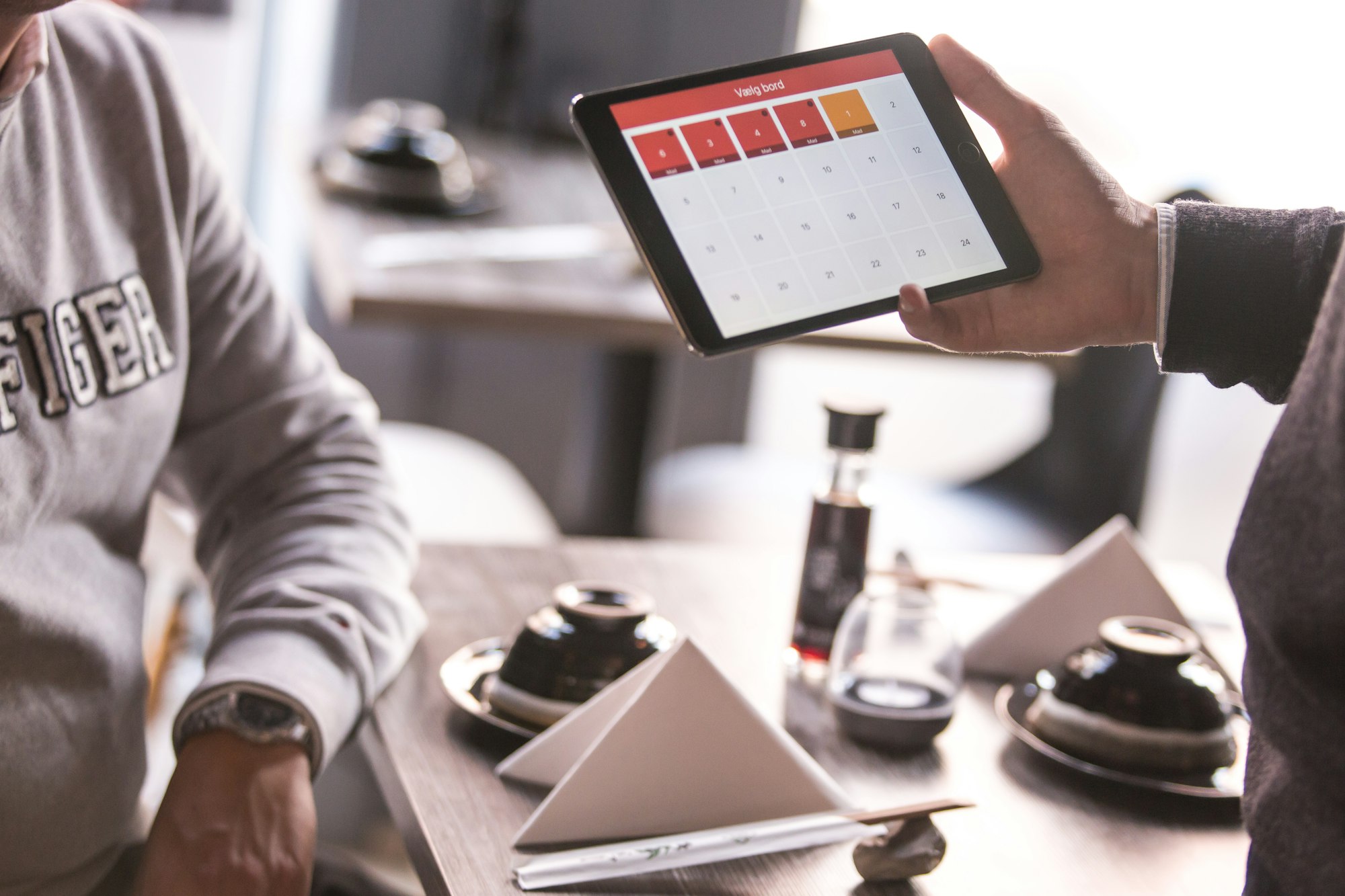It's been more than a year since the pandemic started, and while there's no definitive cure yet, the world has reopened to an extent. Humans are finding creative ways to evolve and adapt their businesses to make an earning amidst the chaos. Technology has seen a significant boom in the last few months. Each industry is going digital and onboarding their services on the internet to meet safety and convenience standards, but does technology stop there?
Of course not! technology has played a significant role in defining how humans communicate mid pandemic. It will continue to enable businesses and individuals to enhance their interactions in a safe and innovative environment.
Why restaurants need to add technology to their menu
Many restaurants still depend on legacy point of sale systems and manual labor for most of their dine-in experience; this, however, has changed given the current circumstance. Customers prefer a minimal and safe dining experience with as low contact as possible. To meet these standards and address the new challenges being thrown at them, technology will be needed.
POS Systems: POS or point of sale systems are standard for restaurants. They're the systems used by your servers and managers to keep a tab on orders, table requests, functioning as the central hub of any diner. Switching from on-premise legacy systems to a cloud-based POS system can be majorly beneficial for your restaurant. It enables you to integrate with more apps and handle issues like; table management better. With the new social distancing norms, a restaurant's entire floor plan will need to be reworked. Cloud POS systems can integrate with applications that allow them to plan this digitally. They're also mobile, which means you can manage your orders on the go. With the unpredictability, restaurants may not be ready to run in full force. With cloud software, diners can use menu management software to alter their offerings as many times as they like.
Streamlining daily operations: From unpredictable inventory to a drastic change in footfall, bouncing back for restaurants will be highly volatile in the coming months. Considering that food is perishable, it can no longer be stocked in high volumes if the demand is unpredictable. With APIs and cloud software, restaurants can use existing applications to regularly check on real-time inventory, get timely updates to restock only when needed, and have a better handle on their daily/weekly analytics.
Enhancing customer interactions: While big restaurants may build applications or offer tablets to each customer to replace a menu, small businesses may not have that luxury. However, with the integration, restaurants, irrespective of their size, can offer their customers high-tech solutions. Integrating a simple website link with a QR code can help customers access menus digitally, without requiring a physical menu. Whereas integrating with a WhatsApp chatbot can help customers place their order without any physical contact. Contactless payments also help increase the confidence of your customers. As we all know, the hospitality industry runs on word of mouth. Good reviews, especially amid a pandemic, can help a restaurant drive more customers to the restaurant. Using a WhatsApp chatbot, restaurants can get testimonials and feedback from their customers.
To sum it all up, technology is no longer a fancy addition to your business; it's essential! Get in touch with us to know more about making the switch to cloud-based technology or building a robust and dynamic workflow using APIs and integration.








